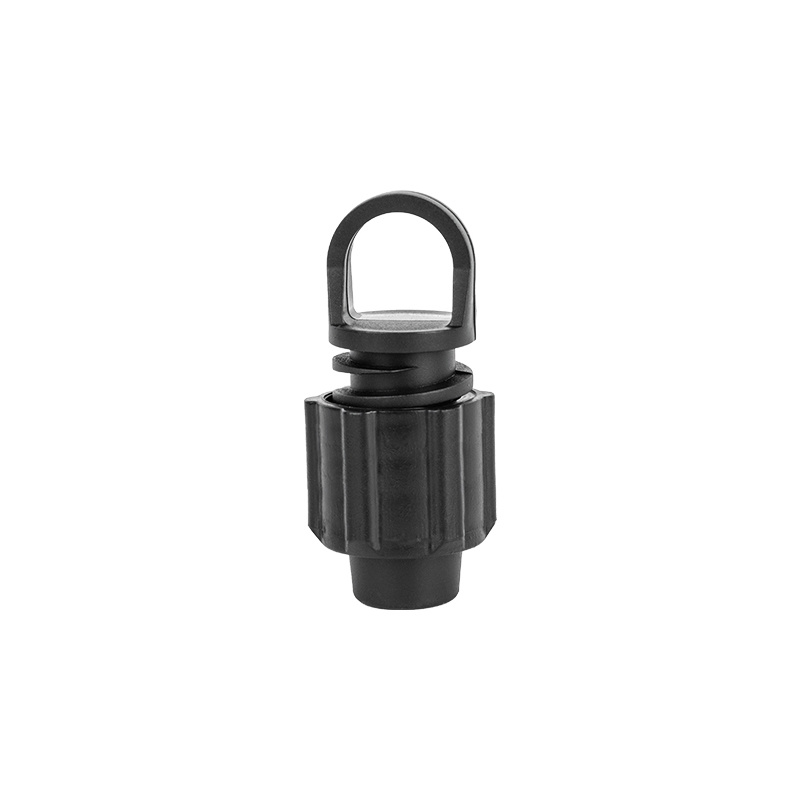Maximize Your Yield with Advanced Garden Drip Technology
1. Introduction to Advanced Garden Drip Technology

2. Benefits of Using Garden Drip Technology
Implementing drip irrigation systems offers a multitude of advantages that can transform your gardening experience:
2.1 Water Efficiency
Drip irrigation systems are designed to conserve water by delivering it directly to the roots of plants. This targeted approach minimizes water waste, ensuring that every drop counts. Studies indicate that **drip irrigation can reduce water use by up to 60%** compared to traditional methods.
2.2 Improved Crop Yields
When plants receive a consistent and adequate supply of water, they are more likely to thrive. This consistency leads to **higher crop yields**, as plants can focus their energy on growth rather than survival.
2.3 Reduced Weed Growth
By watering only the plants, drip irrigation limits moisture availability to weeds. This targeted watering method creates an environment that discourages weed growth, reducing the need for herbicides.
2.4 Labor Savings
Automating your irrigation system can significantly reduce the labor required for watering. With advanced timers and sensors, we can ensure plants receive the right amount of water without manual intervention, freeing up time for other important tasks.
2.5 Environmental Benefits
By conserving water and reducing runoff, drip irrigation systems contribute positively to the environment. This method helps maintain local waterways and ecosystems, promoting overall sustainability.
3. Key Components of a Drip Irrigation System
Understanding the basic components of a drip irrigation system is crucial for successful implementation. Here are the essential elements:
3.1 Drip Tubing
The primary conduit for water delivery, drip tubing comes in various sizes and materials. The choice depends on the specific needs of your garden and the types of plants being grown.
3.2 Emitters
Emitters are the devices that release water from the tubing. They come in different flow rates, allowing us to customize water delivery according to the specific requirements of each plant.
3.3 Connectors and Fittings
Connectors and fittings ensure that various components of the system are securely attached. Using the right connectors is crucial for maintaining pressure and preventing leaks.
3.4 Filters
Filters are essential for removing debris from the water supply, preventing clogs and ensuring that the system operates efficiently. Regular maintenance of filters is necessary to avoid disruptions in water flow.
3.5 Pressure Regulators
To maintain optimal water pressure, pressure regulators are used. These devices ensure that emitters deliver water at the correct rate, preventing damage to the system.
4. How to Install a Drip Irrigation System
Installing a drip irrigation system can seem daunting, but with careful planning and execution, it can be a straightforward process. Here’s a step-by-step guide:
4.1 Planning Your Layout
Start by assessing your garden's layout. Consider the types of plants you will be growing and their water requirements. Sketch a plan that outlines where the main lines and emitters will be placed.
4.2 Gathering Materials
Collect all necessary materials, including drip tubing, emitters, connectors, filters, and pressure regulators. Ensure that you have the right quantities for your planned layout.
4.3 Installing the Mainline
Lay out the mainline tubing along your garden beds. Secure the tubing in place using stakes to prevent movement. Ensure that the tubing is positioned to allow for easy access to all areas of the garden.
4.4 Adding Emitters
Insert emitters at calculated intervals based on the water needs of each plant. For more precise watering, consider using adjustable emitters that allow for customization.
4.5 Connecting the System
Use connectors to attach various sections of tubing and to connect the system to your water supply. Ensure all connections are tight to prevent leaks.
4.6 Testing the System
Before covering the tubing with soil or mulch, turn on the system and check for leaks. Adjust emitters as necessary to ensure proper water distribution.
5. Maintenance Tips for Your Drip System
Maintaining your drip irrigation system is vital for its longevity and efficiency. Here are some essential maintenance tips:
5.1 Regular Inspections
Periodically check the entire system for leaks, clogs, or any signs of wear. Early detection can prevent larger issues from developing.
5.2 Cleaning Filters
Regularly clean the filters to ensure that debris does not clog the system. A clean filter promotes better water flow and reduces maintenance needs.
5.3 Adjusting Emitters
As plants grow, their water needs may change. Regularly assess and adjust the emitters to ensure that plants receive the appropriate amount of water.
5.4 Seasonal Checks
Before each growing season, inspect your system thoroughly to identify any repairs needed. This proactive approach can save time and resources in the long run.
6. Latest Innovations in Drip Irrigation Technology
The world of agriculture is continually evolving, and so is drip irrigation technology. Here are some of the latest innovations:
6.1 Smart Irrigation Systems
Integrating technology with irrigation, smart systems use sensors and IoT devices to adjust watering schedules based on weather conditions and soil moisture levels. This intelligent approach maximizes efficiency.
6.2 Solar-Powered Systems
With the push for sustainability, solar-powered drip irrigation systems are emerging as a viable option. These systems reduce reliance on electricity and lower operational costs.
6.3 Self-Regulating Emitters
Self-regulating emitters automatically adjust the water flow based on pressure changes, providing consistent water delivery regardless of fluctuations in the supply line.

评论
发表评论